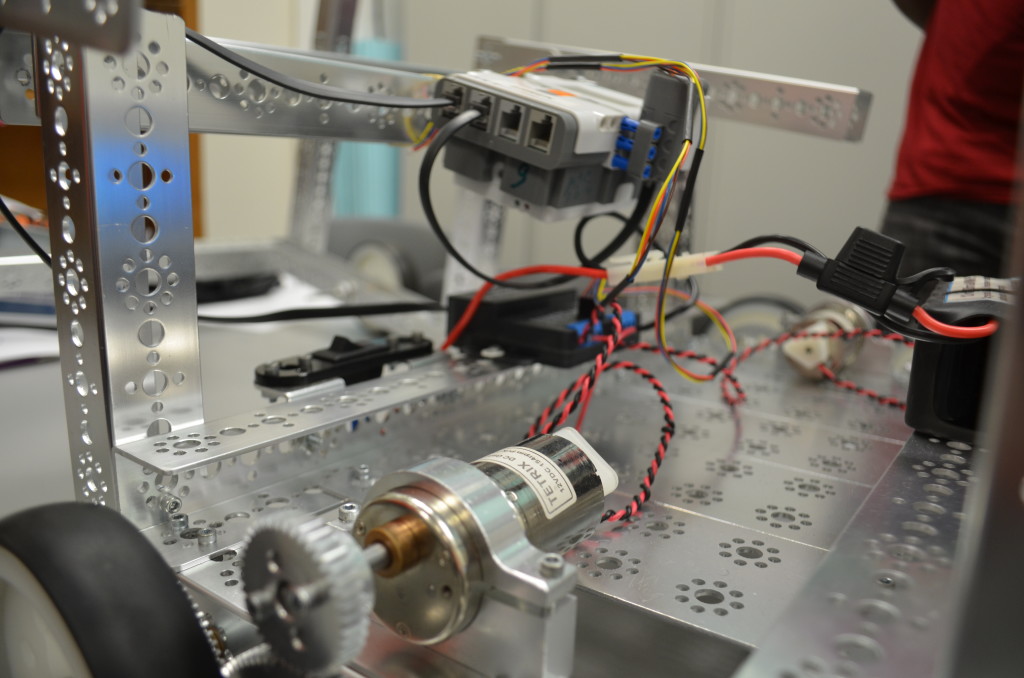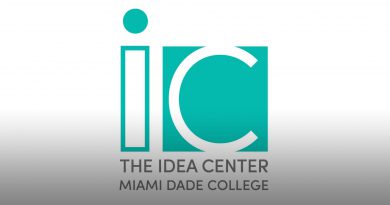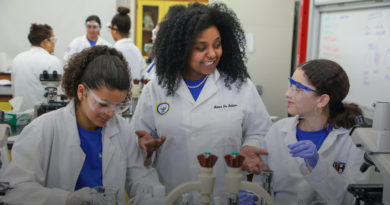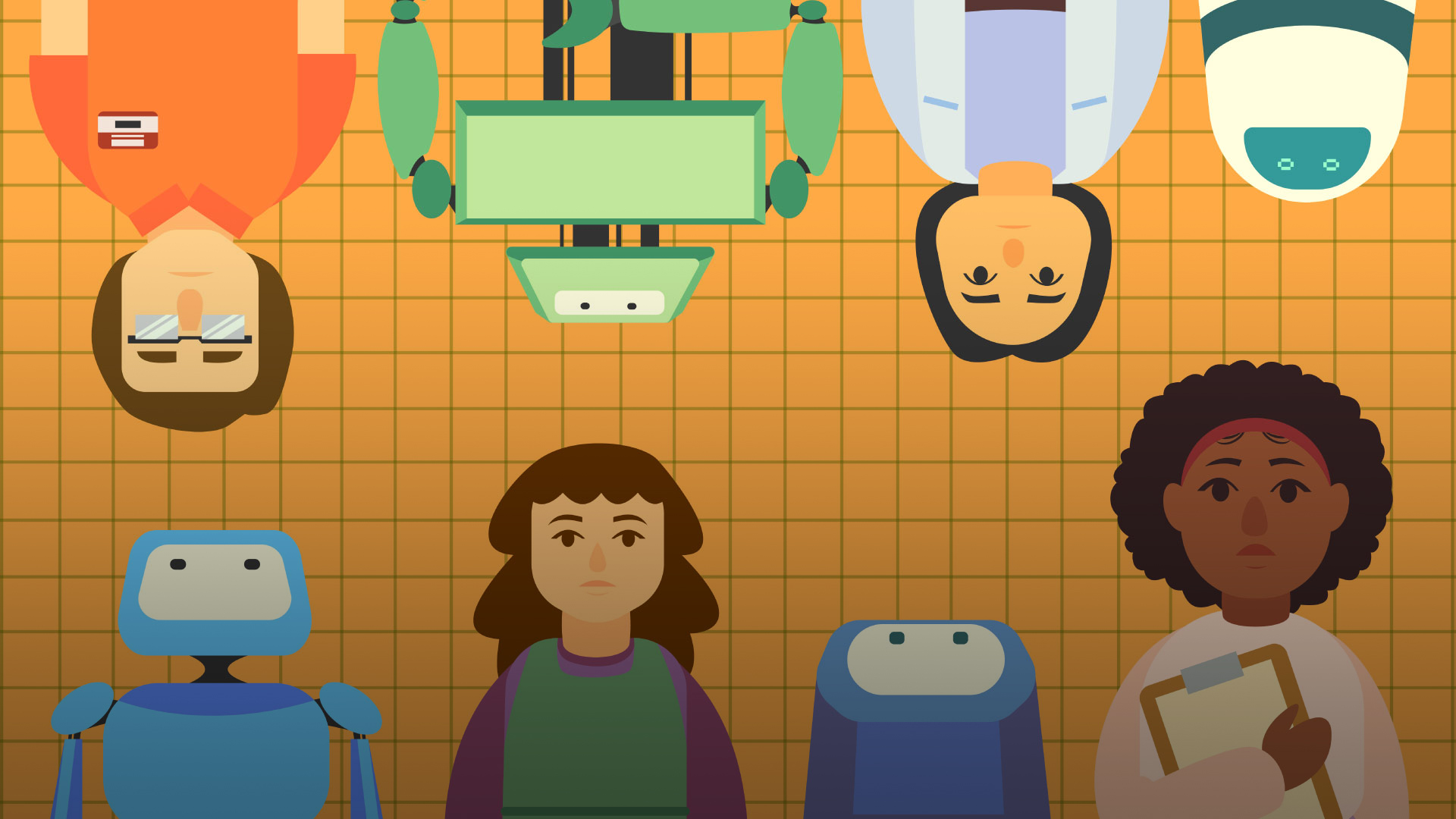Club Creates Constructive Computerized Contraptions
When students Val Bojanov, Bernice Vernet, Leon Wilson and Noe Miniel meet Monday and Tuesday afternoons in Room 7304 at North Campus, they manipulated cables, bolts, gears, wires, metal brackets, circuits, wheels and sensors, assembling the materials into moving machines.
“Students are here to fulfill a dream and see the real world use of math and physics,” math professor and Robot Research and Development Club advisor Manuel Caramés said.
Club members build robots for self-fulfilling purposes during fall and spring terms, but members who participate in the Summer Robotics Camp do receive some compensation.
ADVANCED MATH
The students, who are all in the STEM fields, unite to put their class learning into practice, creating robot arms, mobile delivery machines and other robotic machinery to assist both students and teachers. They want to offer help and show people what they can do using sums, equations and functions.
On a recent afternoon, mechanical engineering student Bojanov demonstrated the robotic arm, a small scale version of the huge machinery used at warehouses to pick up large objects that humans cannot physically carry.
“We program the robot to pick up either the red or blue ball,” Bojanov said. “It has a sensor that can differentiate between the colors in a controlled environment with proper lighting.”
It is a skill that pays. The U.S. Bureau of Labor Statistics reports mechanical and biomedical engineers make an average of $80,000 a year.
One skill that is critical to robotics is math.
Caramés explained that programming the robotic arm utilizes knowledge garnered in linear algebra, calculus III and a variety of other math courses.
Creating robots shows people that there is a practical use for their numerical knowledge.
“Many times I hear students say: ‘When will we ever use math in the real world?’ ” said Vincent Bates, robotics club co-advisor and chairperson of the math department. “But what they do not realize is the programming of a robot is all based on math. Robots are used in every major and all professions, so the robotics club is doing great work to reinforce that message.”
The cramped room where the students meet is lined with shelves holding incomplete robots as well as bags and bins full of supplies for the club’s projects.
TEAMWORK REQUIRED
The club operates in teams and members have the freedom to pitch whatever idea for a robot they think should be worked on.
The structure of the robots are either aluminum or plastic, however Caramés points out that during the summer camp, they primarily use plastic because of its flexibility and the ease it takes to be replaced, unlike metals.
Club president Wilson, a computer engineer major and Miniel, a computer science major, are working on a robot named Shrek.
Shrek is slated to serve as a delivery machine that could aid instructors in the math department.
Shrek is no R2D2.
The robot is a kneehigh collection of over a dozen metal rods fastened together on wheels. The raw appearance of the device is not important to the team. Right now they are working on programming Shrek. It is currently in the prototype stage and when completed, the Robotics Club wants to take it further and use it to help all professors and use it to deliver students’ schedules and books around the math department office.
Vernet, a biomedical engineering major, said her group is working on a pharmaceutical delivery machine that can deliver medicine throughout the campus. They are now working on the programming.
Caramés said robots are all the machines we use in our everyday life and those robots would not be here without the use of computations.
“The working industry is 95 percent used with robots to do the heavy lifting,” Caramés said.
Over the summer, the club continues to work on robotics projects and put on the summer Robotics Camp that local middle and high school students attend.
Without the Robot Research and Development Club, there would be no summer Robotics Camp. Bates said that camp is vital to MDC for attracting prospective students.




